Related Research Articles
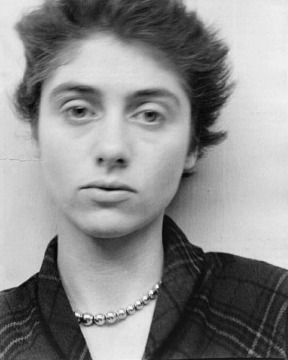
Diane Arbus was an American photographer. She photographed a wide range of subjects including strippers, carnival performers, nudists, people with dwarfism, children, mothers, couples, elderly people, and middle-class families. She photographed her subjects in familiar settings: their homes, on the street, in the workplace, in the park. "She is noted for expanding notions of acceptable subject matter and violates canons of the appropriate distance between photographer and subject. By befriending, not objectifying her subjects, she was able to capture in her work a rare psychological intensity." In his 2003 New York Times Magazine article, "Arbus Reconsidered", Arthur Lubow states, "She was fascinated by people who were visibly creating their own identities—cross-dressers, nudists, sideshow performers, tattooed men, the nouveaux riches, the movie-star fans—and by those who were trapped in a uniform that no longer provided any security or comfort." Michael Kimmelman writes in his review of the exhibition Diane Arbus Revelations, that her work "transformed the art of photography ". Arbus's imagery helped to normalize marginalized groups and highlight the importance of proper representation of all people.

Susan Meiselas is an American documentary photographer. She has been associated with Magnum Photos since 1976 and been a full member since 1980. Currently she is the President of the Magnum Foundation. She is best known for her 1970s photographs of war-torn Nicaragua and American carnival strippers.
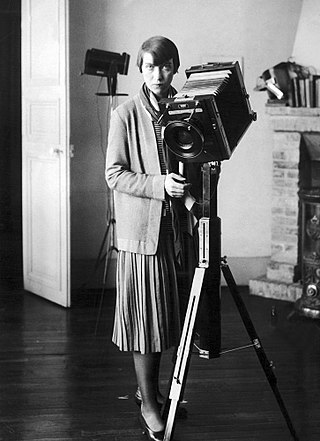
Berenice Alice Abbott was an American photographer best known for her portraits of cultural figures of the interwar period, New York City photographs of architecture and urban design of the 1930s, and science interpretation of the 1940s to the 1960s.
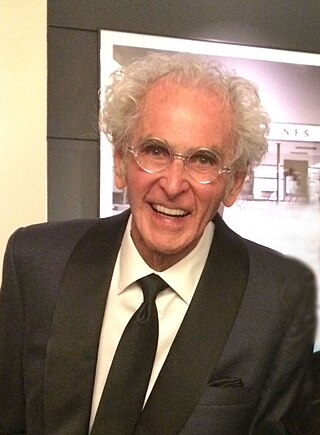
Jerry Norman Uelsmann was an American photographer.

Harry Morey Callahan was an American photographer and educator. He taught at both the Institute of Design in Chicago and the Rhode Island School of Design.

Joel Meyerowitz is an American street, portrait and landscape photographer. He began photographing in color in 1962 and was an early advocate of the use of color during a time when there was significant resistance to the idea of color photography as serious art. In the early 1970s he taught photography at the Cooper Union in New York City.

Aperture magazine, based in New York City, is an international quarterly journal specializing in photography. Founded in 1952, Aperture magazine is the flagship publication of Aperture Foundation.
Emmet Gowin is an American photographer. He first gained attention in the 1970s with his intimate portraits of his wife, Edith, and her family. Later he turned his attention to the landscapes of the American West, taking aerial photographs of places that had been changed by humans or nature, including the Hanford Site, Mount St. Helens, and the Nevada Test Site. Gowin taught at Princeton University for more than 35 years.
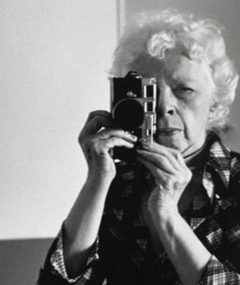
Lisette Model was an Austrian-born American photographer primarily known for the frank humanism of her street photography.

Zoe Strauss is an American photographer and a nominee member of Magnum Photos. She uses Philadelphia as a primary setting and subject for her work. Curator Peter Barberie identifies her as a street photographer, like Walker Evans or Robert Frank, and has said "the woman and man on the street, yearning to be heard, are the basis of her art."
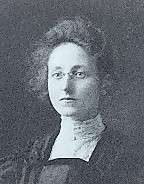
Myra Albert Wiggins (1869–1956) was an American painter and pictorial photographer who became a member of the important early 20th century Photo-Secession movement.
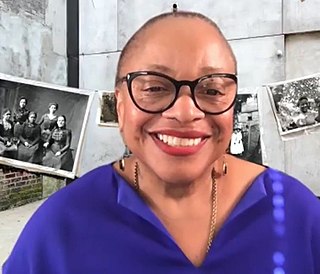
Deborah Willis is a contemporary African-American artist, photographer, curator of photography, photographic historian, author, and educator. Among her awards and honors, she is a 2000 MacArthur Fellow. She is currently Professor and Chair of the Department of Photography and Imaging at Tisch School of the Arts of New York University. In 2024, she was elected to the American Philosophical Society.

Harold Martin Feinstein was an American photographer.

Photography in Uzbekistan started developing after 1882, when a Volga German photographer and schoolteacher named Wilhelm Penner moved to Khiva as a part of the Russian Mennonite migration to Central Asia led by Claas Epp, Jr. After his arrival in the Khanate of Khiva, Penner shared his photography skills with a local student Khudaibergen Devanov, who later became the founder of Uzbek photography.
Lou Bernstein was an American photographer and teacher. His career began during the Great Depression and the Photo League and ended shortly before he died.
Erin Grace Trieb is an American photojournalist. Trieb focuses on international social issues and is currently based in Istanbul, Turkey.
Nona Faustine is an American photographer and visual artist who was born and raised in Brooklyn, New York.
Jill Freedman was an American documentary photographer and street photographer. She was based in New York City.
Photography, as a branch of science, technology and art, developed in Ukraine in different ways, as historically lands were divided between two empires: Russia and Austria. This has led to some differences in the goals of photographic societies and in the technological and social role of photography in Ukraine.
Lily Edith White (1866–1944), also known as Lily E. White, was an early 20th-century American landscape photographer. She is best known for photographs taken when she was living aboard her custom-built houseboat, the Raysark, while traveling Oregon's Columbia River with her friend and fellow photographer, Sarah Ladd Hall. White lived and worked for most of her life in Portland, Oregon and the nearby Columbia River Gorge.
References
- ↑ Smart, Paul. "Refloating Maggie's Vision" . Retrieved 2010-04-10.[ permanent dead link ]
- ↑ Coleman, A. D. (2010). "Moored and Adrift: Maggie Sherwood and the Floating Foundation of Photography". Photo Review. 29 (1): 3–6.